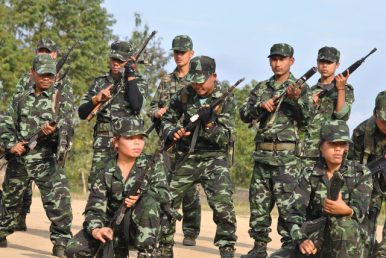by Mohammed Ayoob
On February 15, after chairing a top-level meeting of his cabinet’s Security Committee, Indian prime minister Narendra Modi declared, “I want to tell the terrorists and their backers... they have made a big mistake. You will have to pay a very heavy price . . . I assure everyone that the forces behind the attack... we will bring them to justice.” This declaration came after the February 14 suicide bomber attack on a convoy of vehicles carrying 2,500 Indian security personnel on the Jammu-Srinagar National Highway in the Pulwama district in southern Kashmir.
The attack resulted in the death of over forty Central Reserve Police Force (CRPF) personnel. The Pakistan-based Islamist militant group Jaish-e-Mohammed (JeM), which has very close ties with Pakistan’s Inter-Services Intelligence (ISI) and often acts as its surrogate in the context of the ongoing unrest and terrorism in Indian-administered Kashmir, immediately claimed responsibility for the terrorist operation.












/arc-anglerfish-arc2-prod-mco.s3.amazonaws.com/public/QRAGQ5KHRND6LCE26TIJTLSCZE.jpg)

/arc-anglerfish-arc2-prod-mco.s3.amazonaws.com/public/KI2BTMKUFBCFJKB4J4JUREZMQA.jpg)